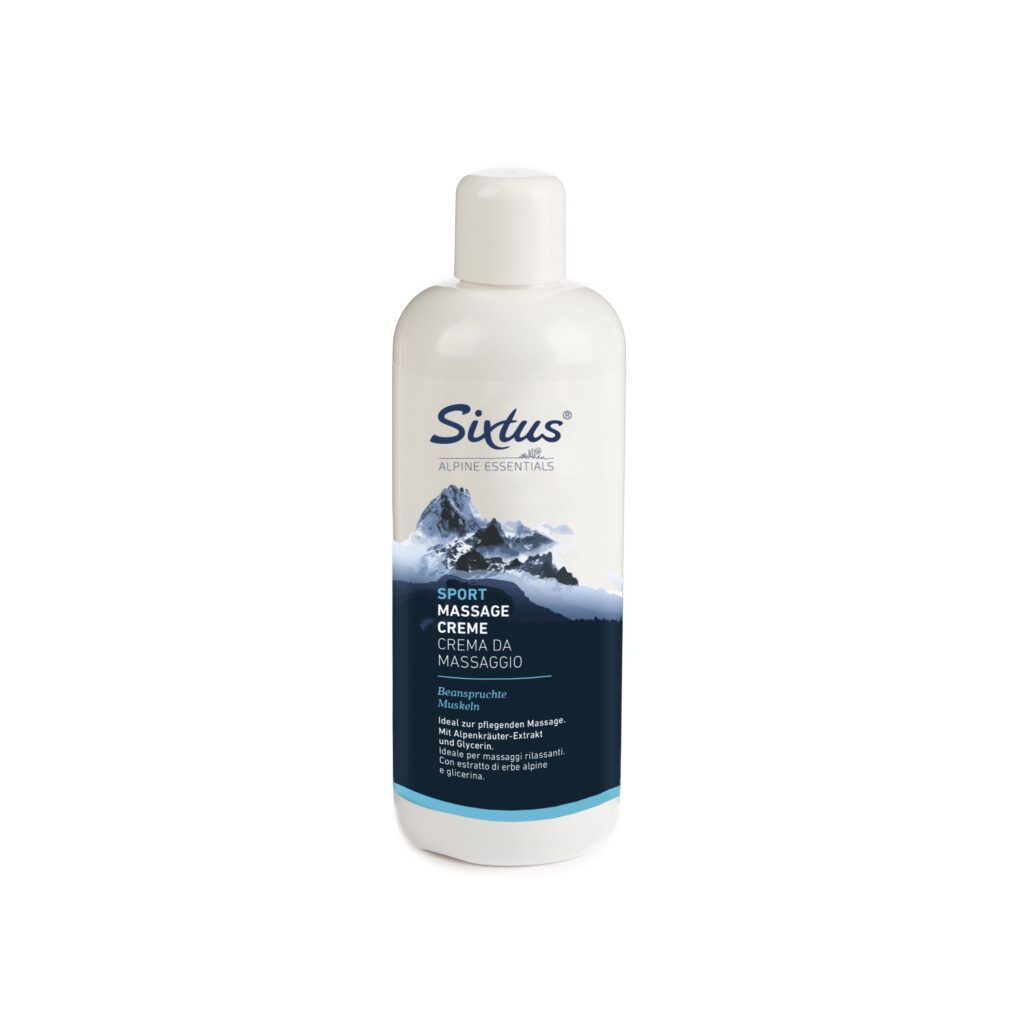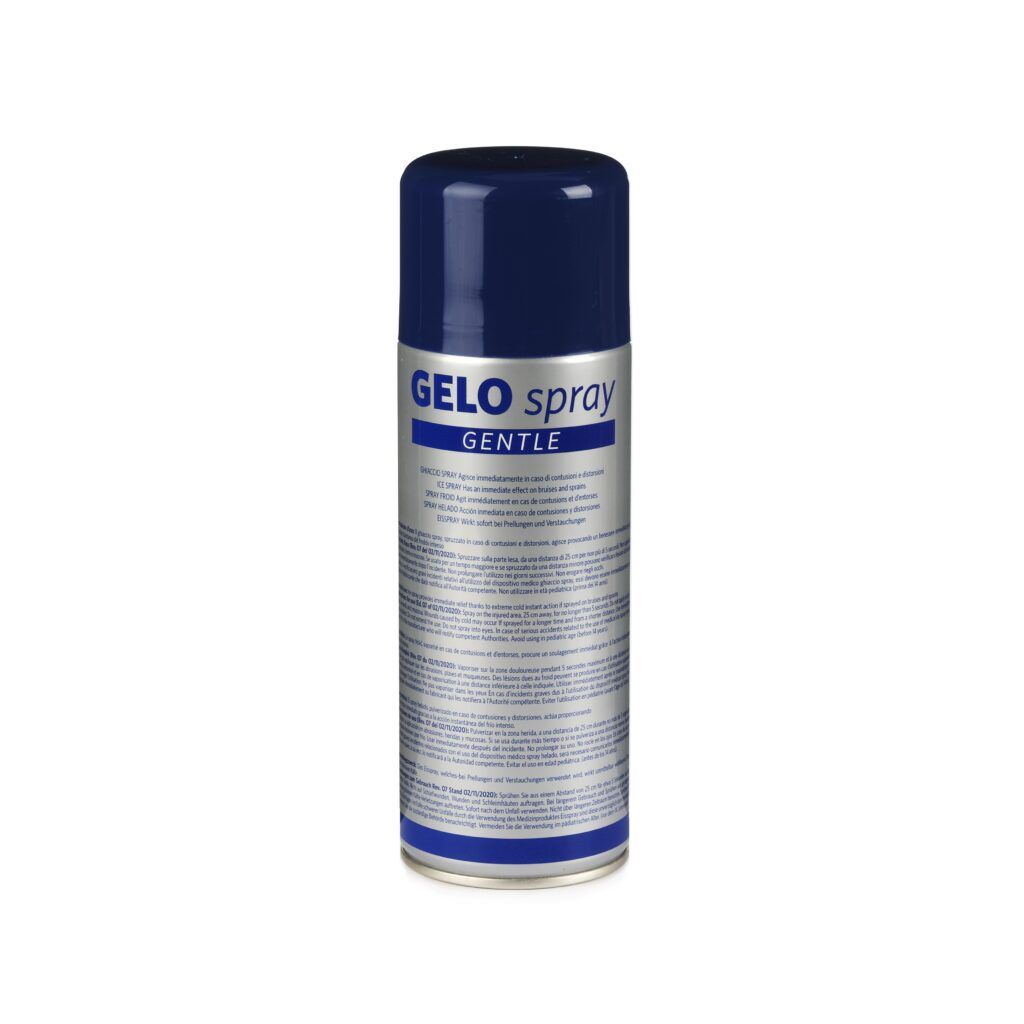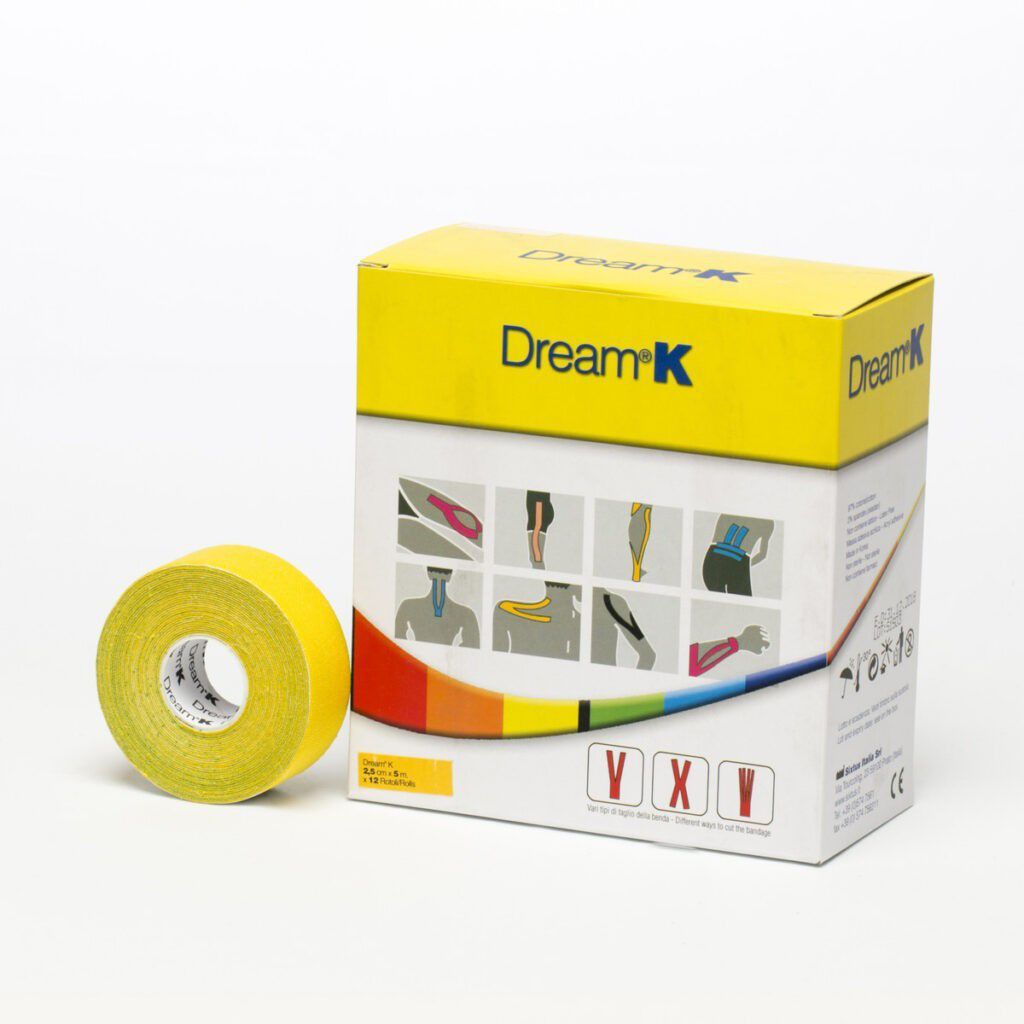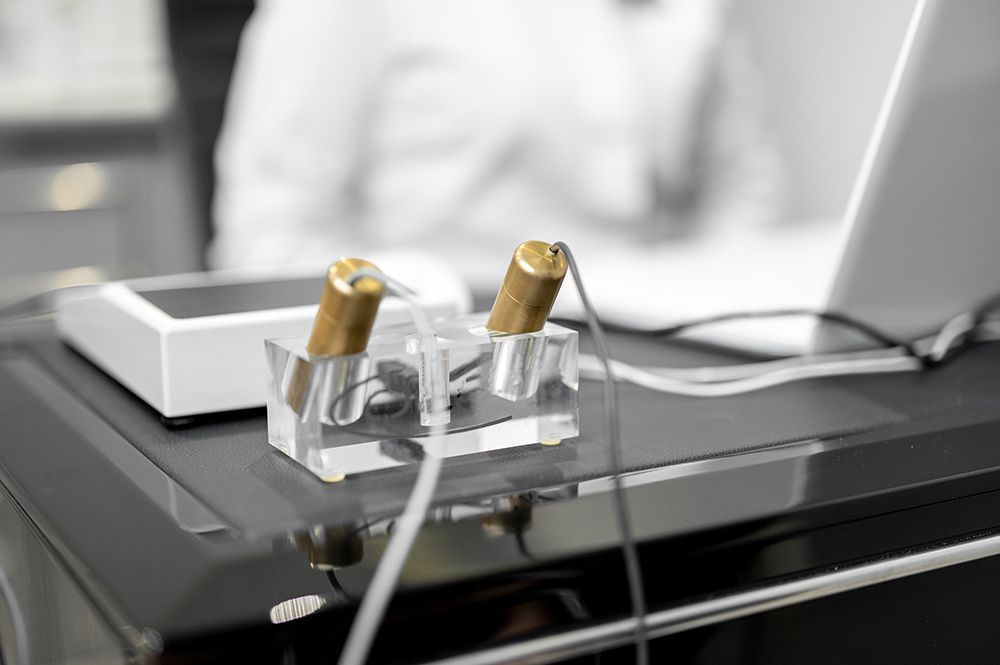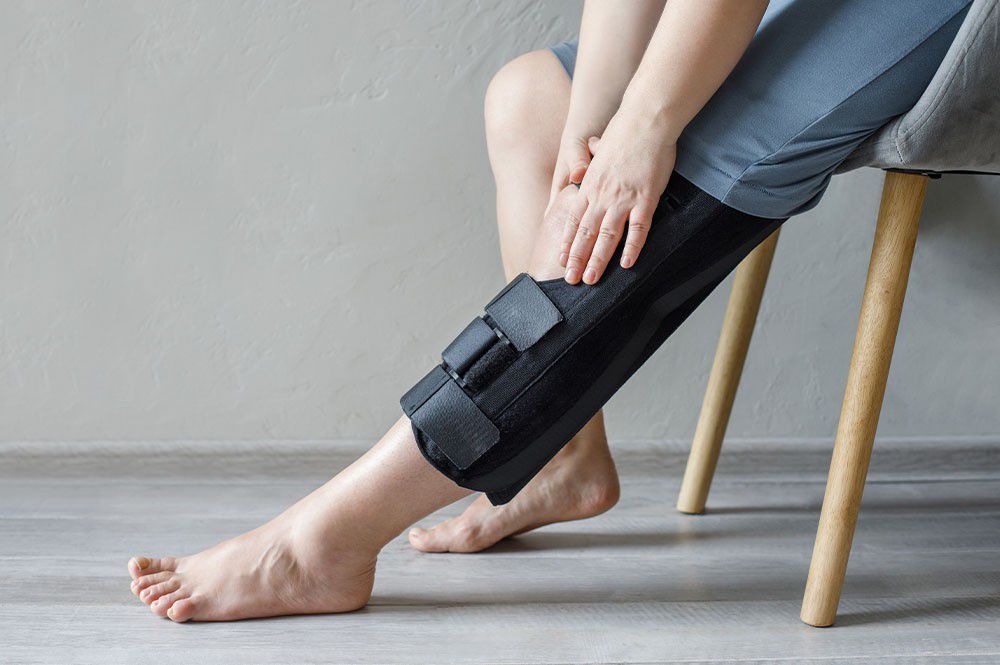The injuries and healing
Ice and cryotherapy for ankle sprains
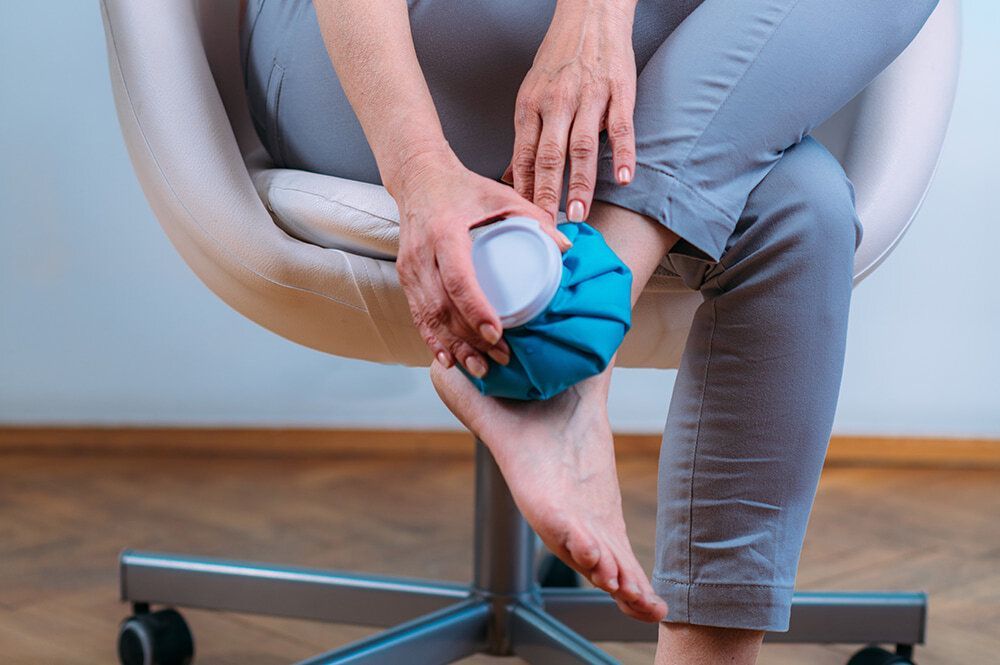
Pain, swelling, limping: an ankle sprain is a very common injury among athletes and can lead to long and frustrating recovery periods. One of the first recommended measures after the trauma is the application of ice, a simple yet extremely effective remedy to reduce swelling and relieve pain. In recent years, cryotherapy, a technique that uses cold in a targeted and controlled way to speed up recovery, has also gained increasing attention. But how effective are these methods? And how should they be used correctly?
Why apply ice to an ankle sprain?
This type of injury is generally the result of a single, isolated incident and is commonly referred to as an "acute sprain." In the case of acute trauma such as an ankle sprain, it is usually recommended to apply ice immediately, ideally within the first 15–30 minutes after the event. This helps to:- reduce pain;
- reduce inflammation;
- slow down swelling;
- limit tissue damage.
Cryotherapy in ankle sprains
Cryotherapy is a therapeutic technique that uses cold temperatures to achieve physiological benefits in medical and rehabilitative settings. It is mainly used during the acute phase of musculoskeletal injuries, such as joint sprains, to combat inflammation and reduce pain. Like ice, cryotherapy works through cold application, which causes local vasoconstriction, the narrowing of blood vessels, reducing the flow of blood and fluids to the injured area. This mechanism helps to:- limit swelling (edema);
- reduce inflammation;
- slow down nerve conduction velocity, creating an analgesic effect;
- reduce local cellular metabolism, preventing further tissue damage.
Types of cryotherapy for ankle sprains
There are different forms of cryotherapy, which can be divided into localized and systemic cryotherapy. Localized methods include cooling sprays and instant cold packs for single use, while systemic cryotherapy involves whole-body or partial-body cryo chambers, where the body is exposed to extremely low temperatures (as low as -130°C) for a few minutes. This type is less commonly used for acute trauma but is more widespread in sports and wellness settings for dermatological and therapeutic benefits.How to heal from an ankle sprain
Ankle sprains are among the most common injuries in sports, and there are several ways to relieve symptoms. After the initial ice application, also used in muscle strains, compression is important to reduce both inflammation and swelling. This can be done by applying a snug bandage over the injured area (tight, but not so much as to restrict ankle movement); elevation of the ankle is also recommended to promote blood flow, along with rest, avoiding any strain or pressure on the area. Once the acute phase of the injury has passed, it's essential to start proprioceptive rehabilitation exercises. Proprioception is the body’s ability to sense the position and movement of joints in space. After an ankle sprain, this function may be impaired, increasing the risk of new sprains or chronic instability. Proprioceptive exercises help to:- improve balance and motor control;
- strengthen the ankle's stabilizing muscles;
- reduce the risk of recurrence.

